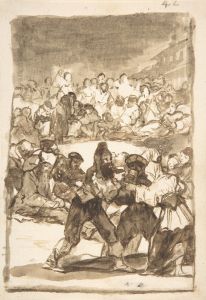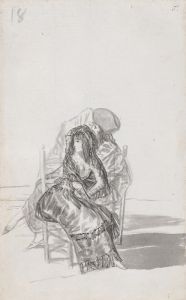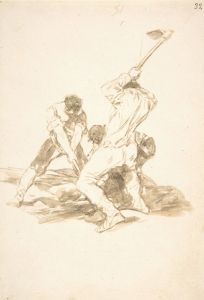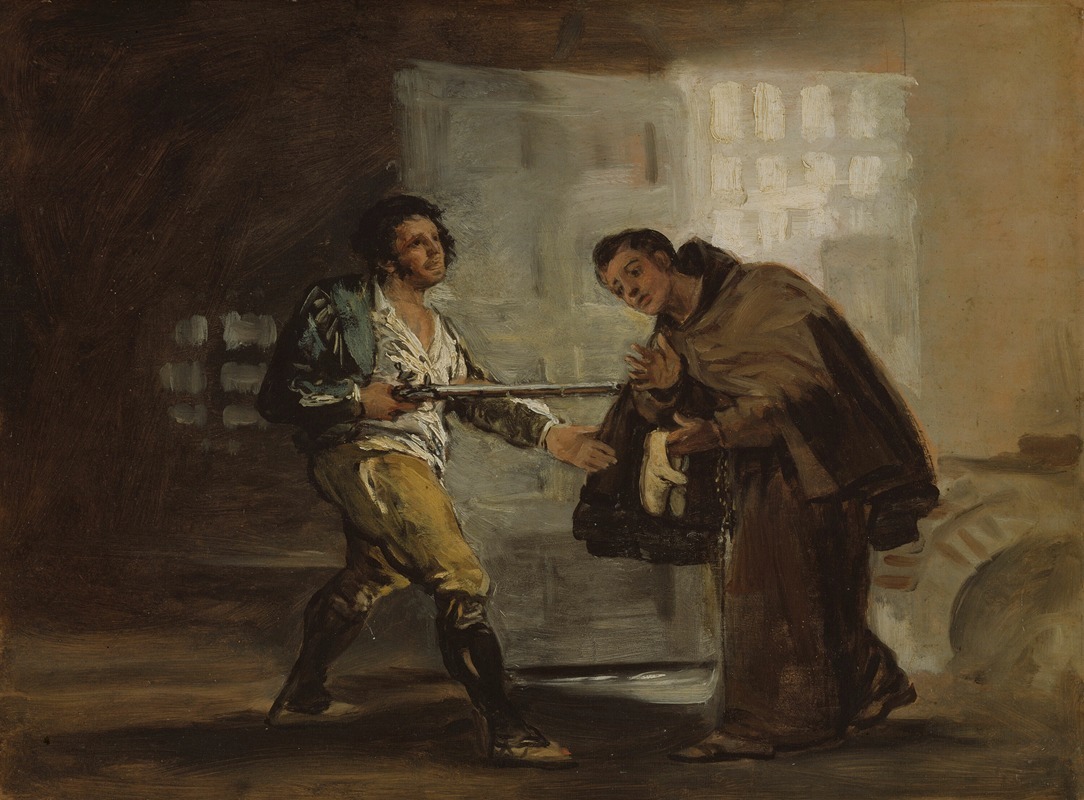
Friar Pedro Offers Shoes to El Maragato and Prepares to Push Aside His Gun
A hand-painted replica of Francisco de Goya’s masterpiece Friar Pedro Offers Shoes to El Maragato and Prepares to Push Aside His Gun, meticulously crafted by professional artists to capture the true essence of the original. Each piece is created with museum-quality canvas and rare mineral pigments, carefully painted by experienced artists with delicate brushstrokes and rich, layered colors to perfectly recreate the texture of the original artwork. Unlike machine-printed reproductions, this hand-painted version brings the painting to life, infused with the artist’s emotions and skill in every stroke. Whether for personal collection or home decoration, it instantly elevates the artistic atmosphere of any space.
"Friar Pedro Offers Shoes to El Maragato and Prepares to Push Aside His Gun" is a painting by the renowned Spanish artist Francisco de Goya. Created in 1806, this work is part of a series of small paintings known as "cartones" that Goya produced for the Royal Tapestry Factory of Santa Bárbara in Madrid. These paintings were intended to serve as models for tapestries that would decorate the walls of the royal palaces.
The painting depicts a dramatic and intense scene involving Friar Pedro, a Franciscan monk, and El Maragato, a notorious bandit. In the composition, Friar Pedro is seen offering a pair of shoes to El Maragato while simultaneously preparing to push aside the bandit's gun. The scene is charged with tension, as the friar's actions suggest a combination of charity and cunning, aiming to disarm the dangerous criminal.
Goya's use of light and shadow in this painting is particularly notable. The chiaroscuro effect enhances the drama of the scene, highlighting the figures of Friar Pedro and El Maragato against a darker background. The friar's calm demeanor contrasts sharply with the bandit's aggressive posture, creating a powerful visual narrative.
The painting is also significant for its social commentary. Goya often used his art to critique the social and political issues of his time. In this work, he may be addressing themes of violence, poverty, and the role of the clergy in society. The act of offering shoes can be seen as a symbol of charity and compassion, while the friar's readiness to disarm the bandit reflects a more pragmatic approach to dealing with crime and violence.
"Friar Pedro Offers Shoes to El Maragato and Prepares to Push Aside His Gun" is housed in the Museo del Prado in Madrid, Spain. The museum holds one of the most comprehensive collections of Goya's works, providing valuable insight into the artist's development and the historical context of his paintings.
Goya's ability to capture complex human emotions and social issues in his art has made him one of the most important figures in the history of Western art. This painting is a testament to his skill as a storyteller and his keen observation of the world around him. Through his masterful use of composition, light, and shadow, Goya creates a scene that is both visually striking and rich in meaning.
In summary, "Friar Pedro Offers Shoes to El Maragato and Prepares to Push Aside His Gun" is a compelling work by Francisco de Goya that combines dramatic narrative with social commentary. It exemplifies Goya's talent for capturing the complexities of human behavior and the societal issues of his time, making it a significant piece in the artist's oeuvre and in the broader context of art history.





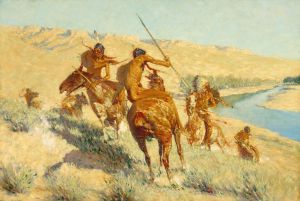
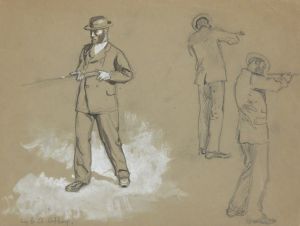
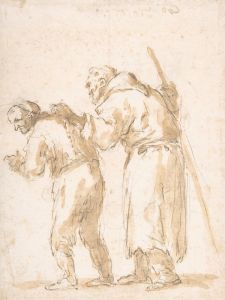
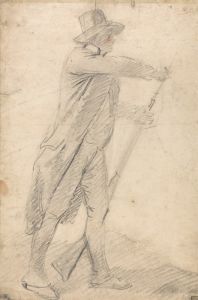
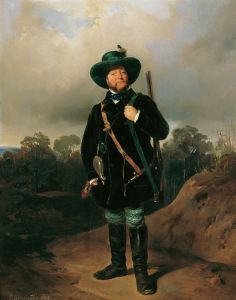

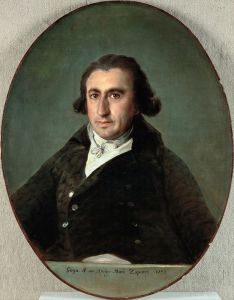
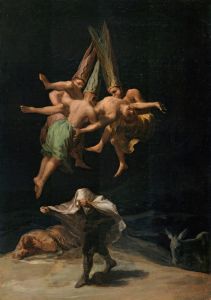

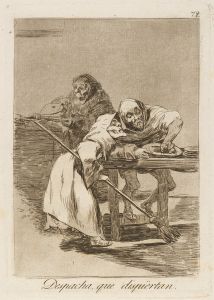
![It Is Amazing-And We Were Made by God [Furious Folly]](/imgs/264618/s/francisco-de-goya-it-is-amazingand-we-were-made-by-god-furious-folly-a15fa352.jpg)
